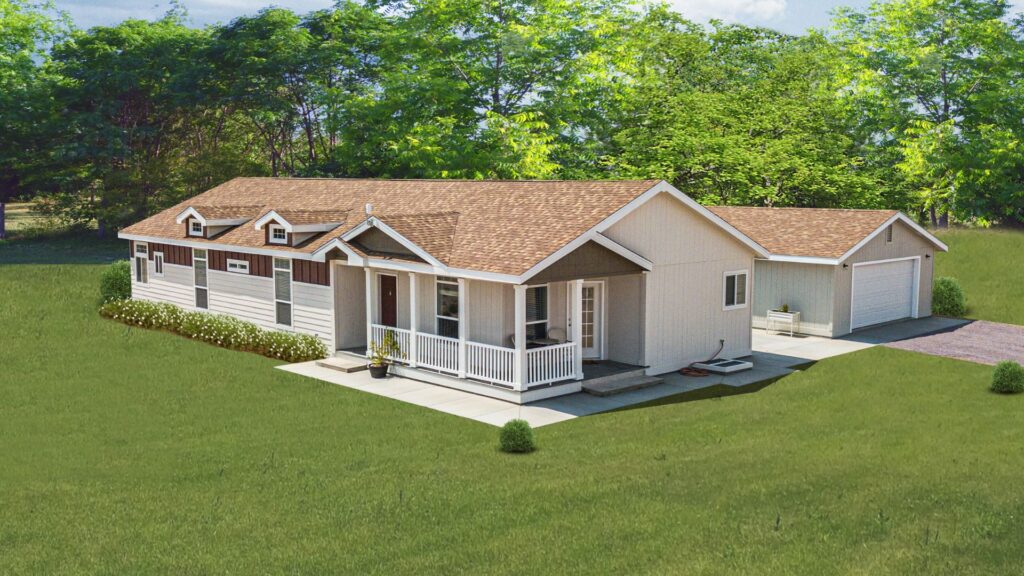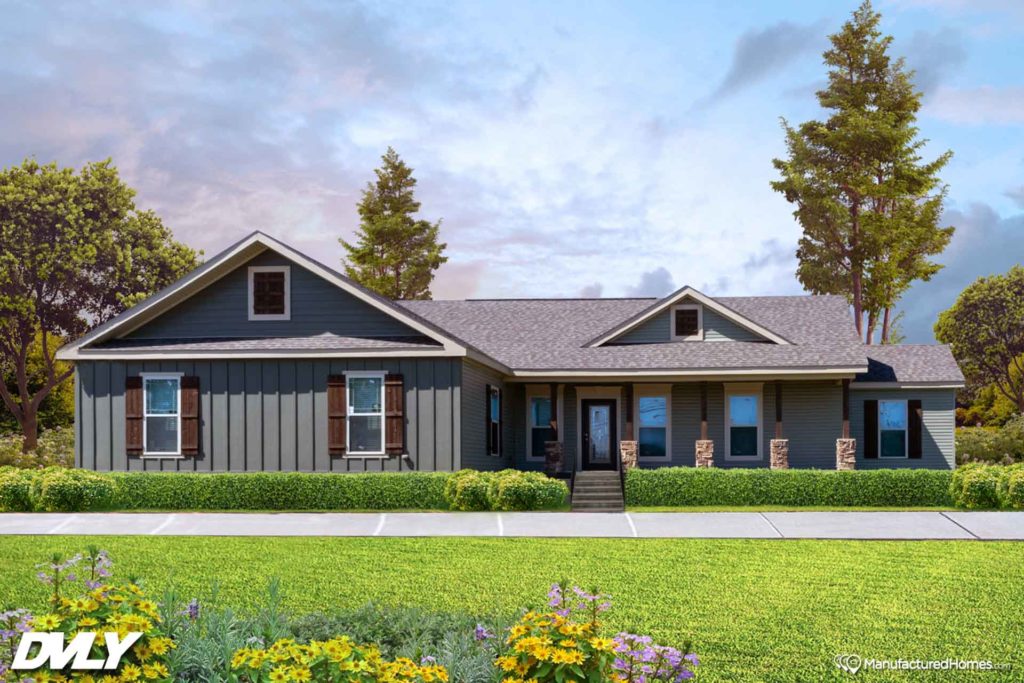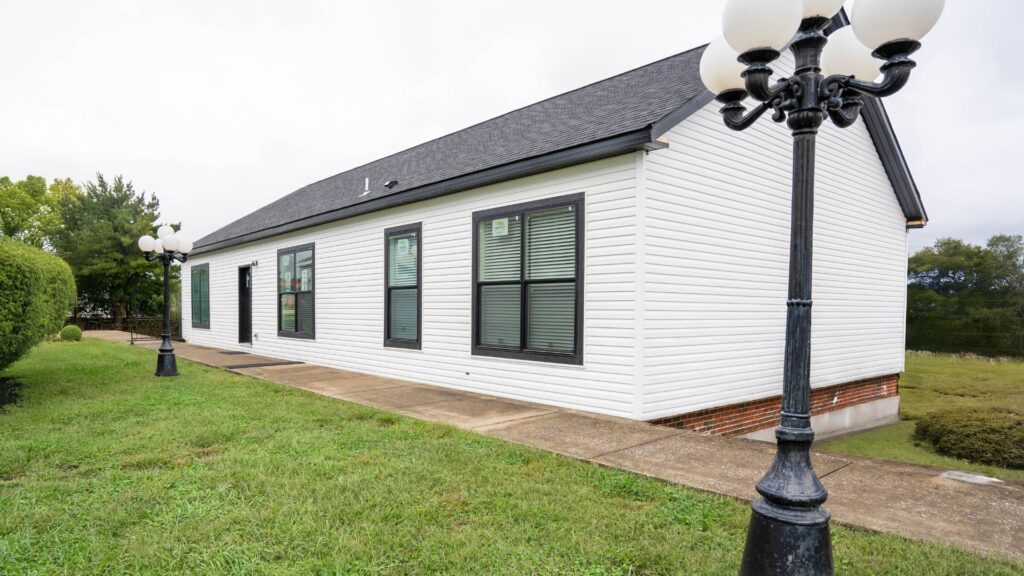Modular home construction has become very common over the last decade or two. The popularity of these homes has increased dramatically due to their affordability and ease of assembly. They also provide homeowners with the ability to customize their living space without having to pay for expensive custom remodeling projects.
To ensure that modular homes meet building codes and safety standards, inspectors typically perform several inspections during the course of construction. These include structural, electrical, plumbing, fire protection, mechanical, and other types of inspections. Here’s a list of what gets inspected in modular home construction:
Permits and Inspections
The first stage in the building project begins with getting your plans approved. You submit your plans to your local municipality and pay an application fee. Once approved, you must obtain a permit from the city or county where you plan to put your modular home.
Once you receive your permit, you’ve completed the initial phase of the building process.
Electrical, Plumbing & HVAC
After the frame is done, electricians install wiring and plumbing fixtures. They’re required to test circuits and pipes for leaks. Next up are the mechanical systems. Insulation is installed in walls and ceilings, air ducts are hung, heating and cooling units are hooked up, and fire suppression systems are tested. Finally, the roof goes on, either by a manufacturer or a contractor. Roofers inspect the roof for damage and defects.
Power, Water, and Sewer
When power, water, and sewer lines are laid, they’re inspected by utility companies. The inspector checks for breaks, cracks, and other problems. He also makes sure that the electrical system doesn’t interfere with any underground utilities.
Fire Protection
If you’re using a manufactured home, there will be a sprinkler system installed. It’s important to know how to operate the system so that it can protect everyone during a fire.
If you’re going to have a septic tank, you need to get approval before construction starts. A licensed plumber installs the drain field and connects it to the house’s sewage line. An inspector visits the site after installation to make sure everything is connected properly.
Foundational Approval
Foundations must meet local codes and standards. The foundation will have to pass an inspection just like it would with a traditional home.
Installation Inspection
The last step in the building process is when the foundation is complete and the home is ready for delivery. At this point, the home is inspected by a certified installer who ensures that the home meets all applicable building codes.
Get Started Today
If you’re interested in learning more about modular homes, contact Family Dream Homes. We’re here to help with any questions you may have!



